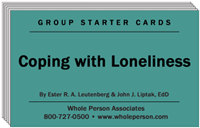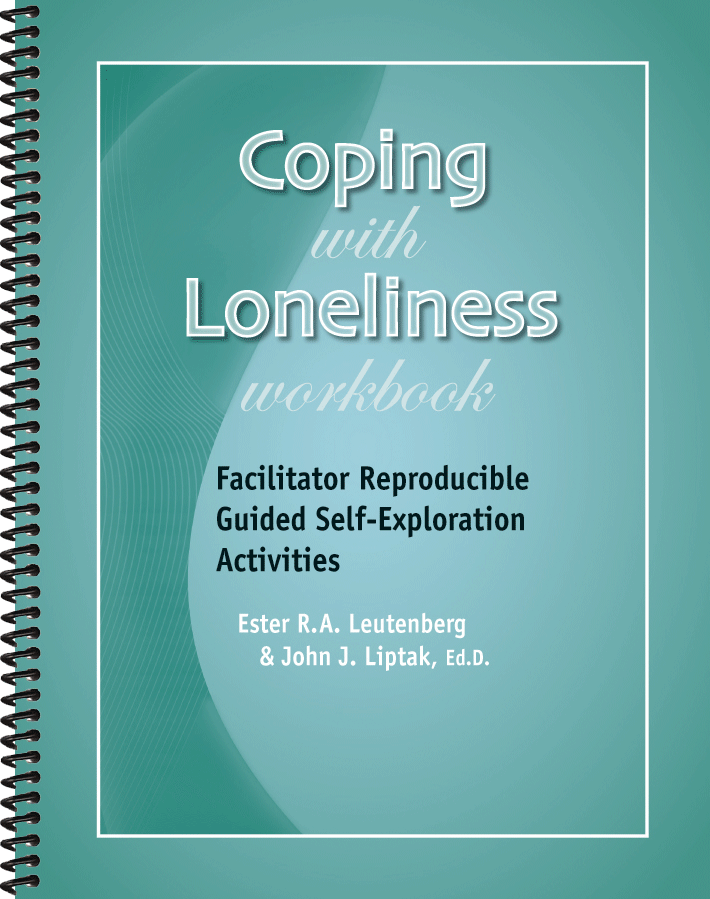Loneliness
Facilitator Reproducible Guided Self-Exploration Activities
Human beings are social by nature and need human interaction and connectedness. When people experience adequate levels of human interaction and connectedness, they feel satisfied. On the other hand, when people are experiencing inadequate levels of interaction and connectedness, they feel lonely – something's missing.
In our society filled with people who communicate primarily with a wide variety of technology, face-to-face social interaction has decreased, feelings of connectedness are rare, and loneliness is common. Technology can provide a false sense of being connected twenty-four hours a day, seven days a week. However, this feeling of virtual connection may be deceiving, and people benefit from social face-to-face connections with other people.
Negative feelings of loneliness can lead to various health-related concerns and stress-related conditions, including heart disease, high blood pressure, and stroke. Loneliness is often related to addiction, anti-social behavior, disrupted sleep patterns, and various mental health conditions. People experiencing a long-term (chronic) form of loneliness are more susceptible to experiencing these broader effects of loneliness. If your participants are experiencing any of these effects, suggest they see a medical professional.
People must find creative coping methods to deal with all types of loneliness. The Coping with Loneliness Workbook provides assessments and self-guided activities to help participants learn valuable skills for coping creatively with the various kinds of loneliness. Many self-exploration activities are offered to determine which best suits participants' needs.
The four chapters include:
-
Level of Loneliness
-
Personal Characteristics
-
Coping with Loneliness
-
Alone Time
This workbook is also available in PDF eBook format, making it simple to store on your computer or mobile device and access with a PDF viewer. The PDF format allows you to easily print copies of the activities and worksheets during therapy and counseling sessions.
 Coping with Loneliness Card Deck
Coping with Loneliness Card Deck
Need a creative way to start your session? Use the Coping with Loneliness Card Deck. The open-ended questions will break the ice and stimulate conversation. Use them alone or in conjunction with the corresponding page in the book.
Sample Questions:
Loneliness can be emotionally painful. What emotions do you feel when you are lonely?
People experiencing loneliness often need to get out and meet people, but are afraid to do so. What are your fears about meeting new people?
When you are alone, in what ways do you find it beneficial, or not? Do you find alone time helpful for relaxing, thinking, enjoying your time with others more, or learning self-reliance?


